New York City in the late 1970s wasn’t for the faint of heart. Crime was rampant, the city teetered on the brink of bankruptcy, and a sense of unease hung heavy in the air. Yet, amidst the decay and danger, there was an undeniable energy, a raw pulse that drew people in. Manel Armengol, a Spanish photojournalist with a keen eye for social change, found himself captivated by this city of contrasts.
Fresh from documenting Spain’s tumultuous transition to democracy, Armengol arrived in New York in 1977. He wasn’t deterred by the warnings of danger; instead, he was drawn to the city’s edgy allure. He saw beyond the headlines and the grim statistics, seeking to capture the human stories that unfolded amidst the urban chaos.
Armengol’s camera became his passport to a world rarely seen by tourists. He ventured beyond the safe confines of Midtown, immersing himself in the vibrant neighborhoods of the Bronx, Brooklyn, and Queens. He documented the lives of everyday New Yorkers – the workers, the immigrants, the artists, the hustlers – all striving to make their mark on the city.
His photographs reveal a city in flux. The once-grand buildings of the Bronx and Harlem were crumbling, scarred by neglect and poverty. Graffiti covered subway cars and abandoned lots, a visual testament to the city’s social unrest. Yet, amidst the decay, Armengol found moments of beauty and resilience.
He captured the vibrant street life of the Lower East Side, where immigrants from all corners of the globe mingled and created a tapestry of cultures. He documented the burgeoning hip-hop scene in the Bronx, where young artists found a voice amidst the urban blight. He photographed the defiant spirit of the community in Greenwich Village, fighting for their rights in the face of discrimination.


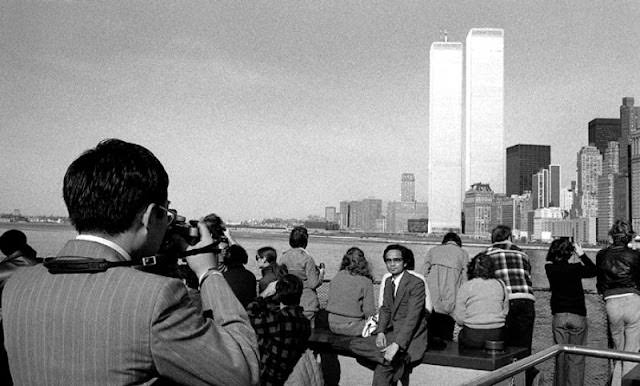
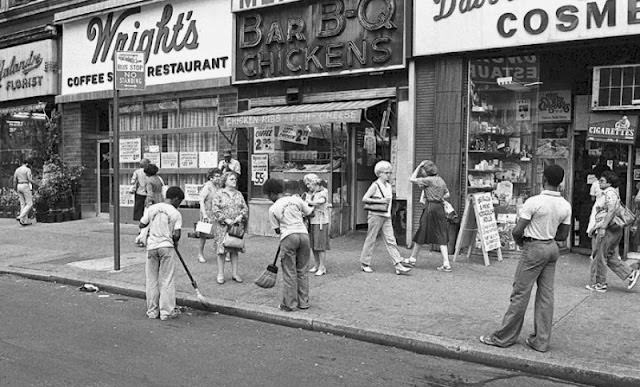
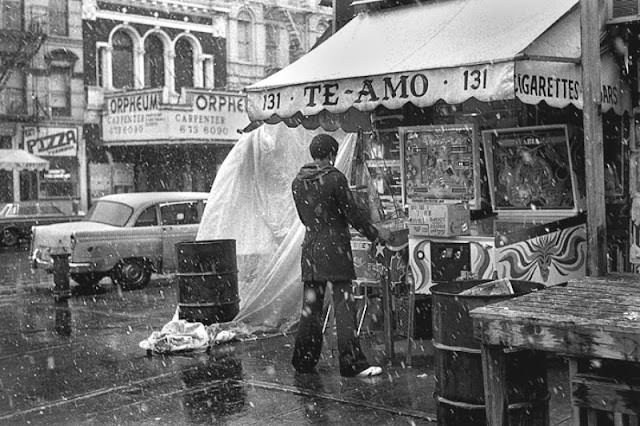
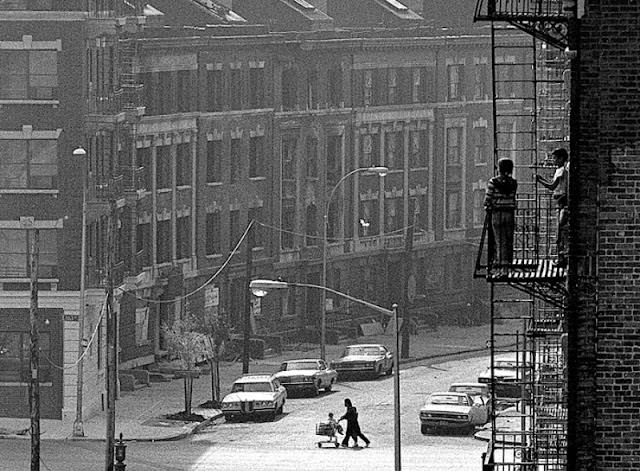
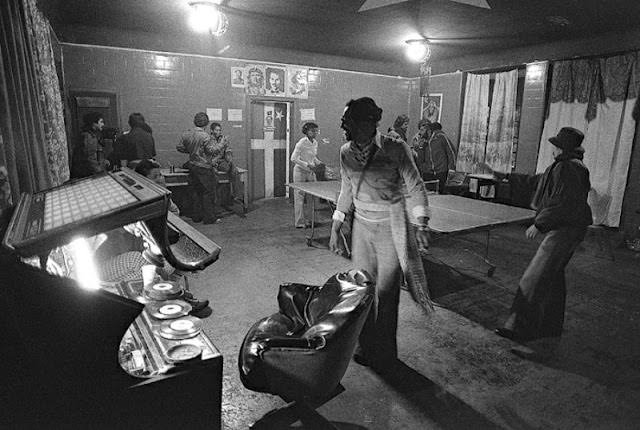
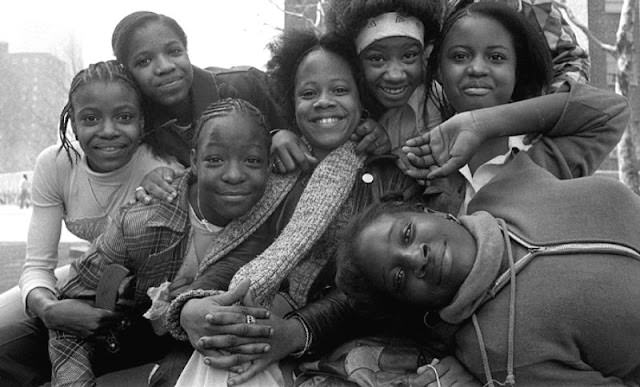
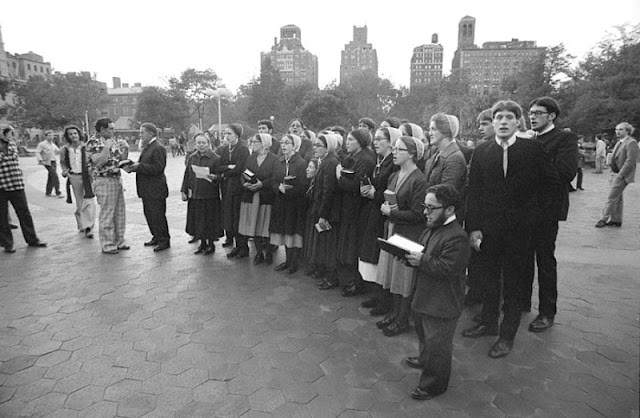
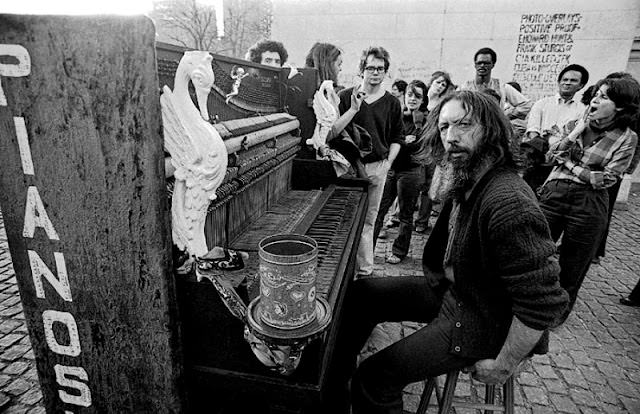
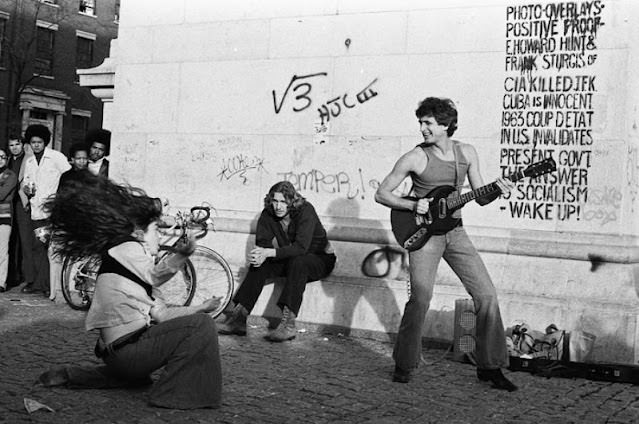
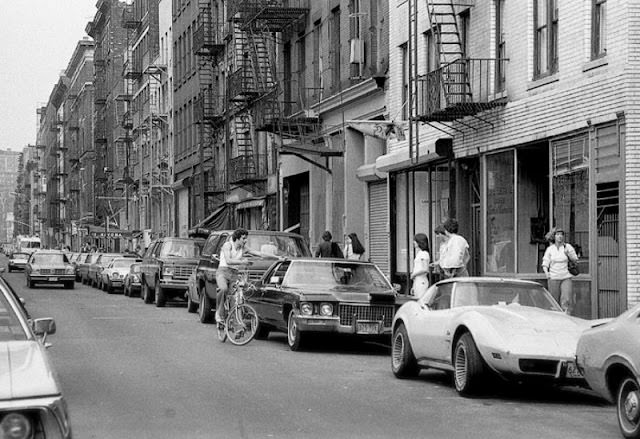
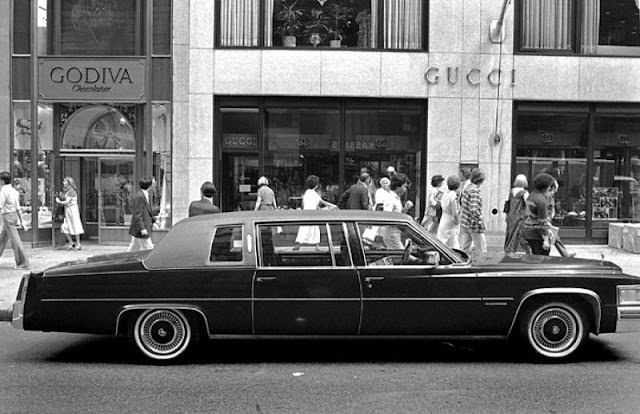
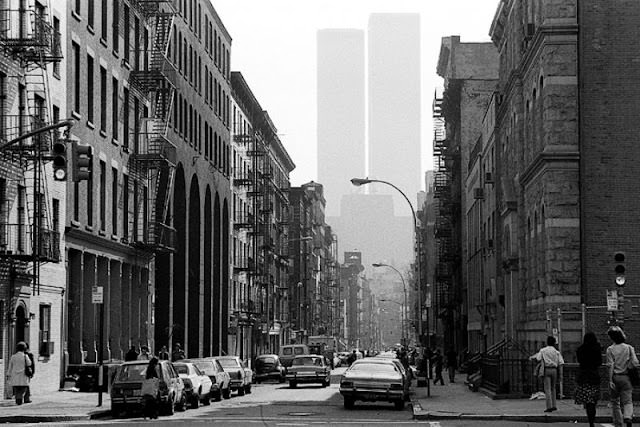

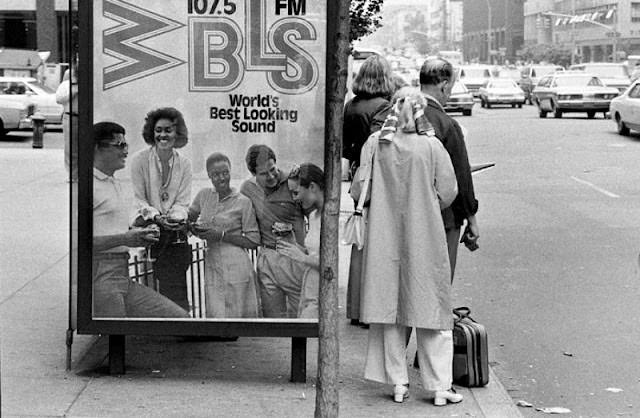
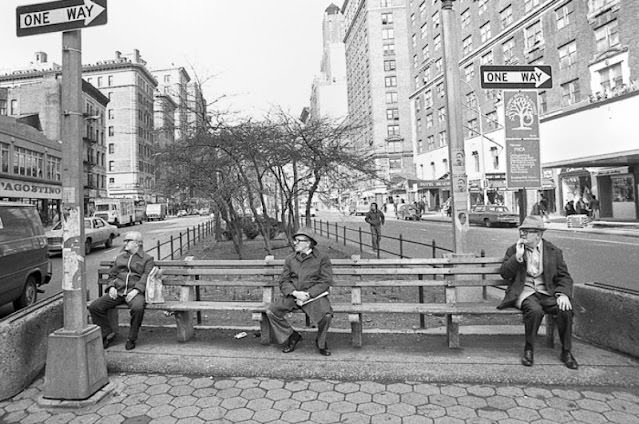
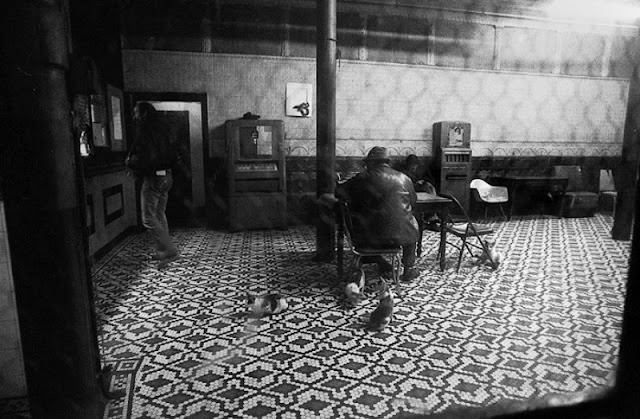
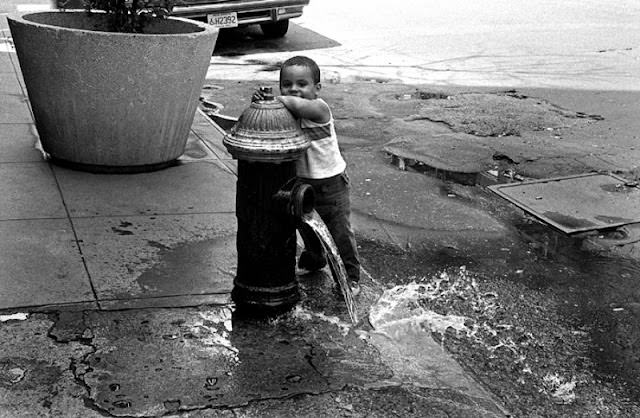
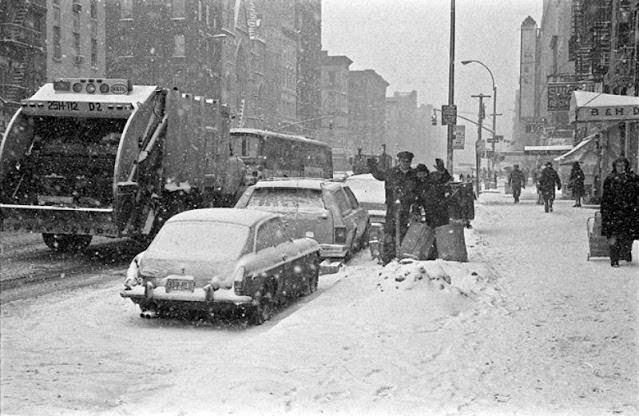
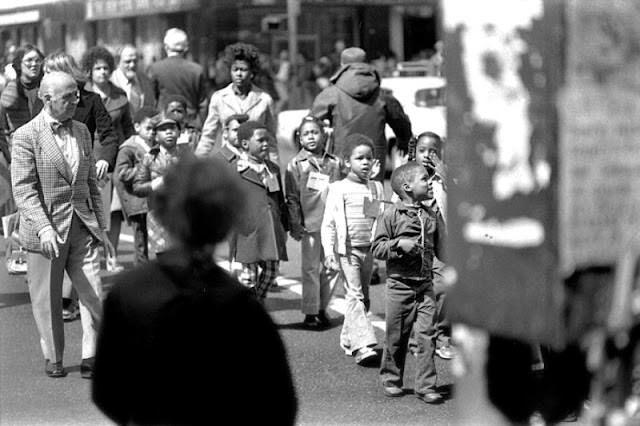
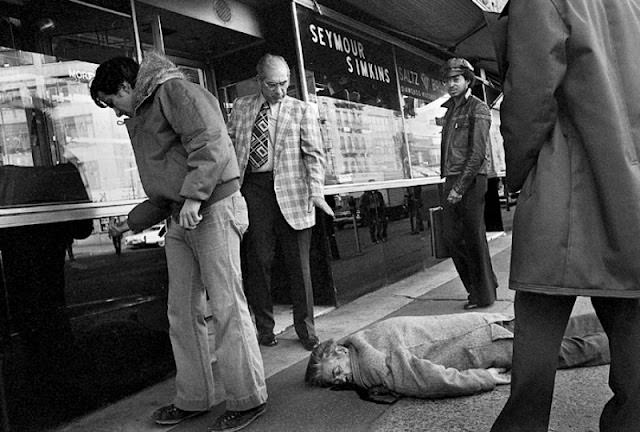
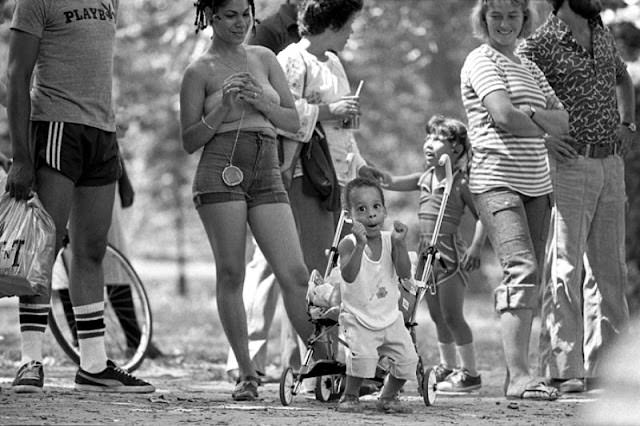

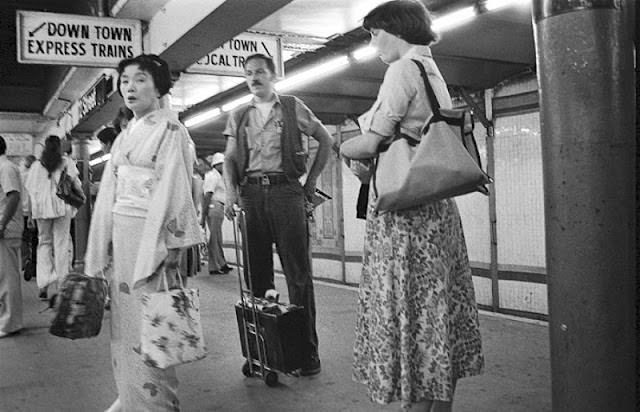
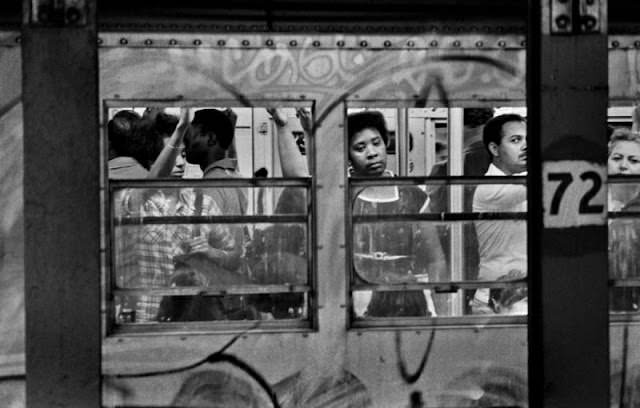
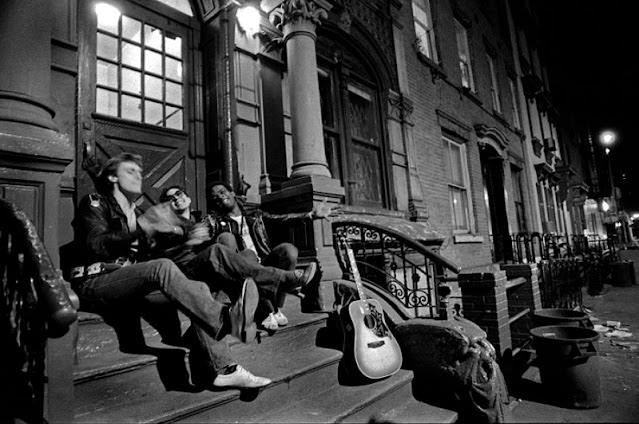
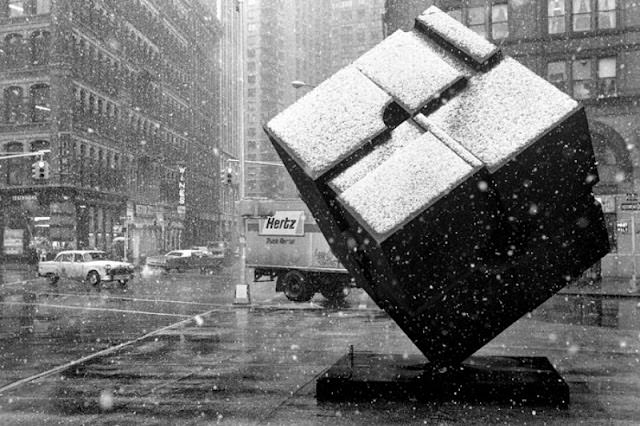
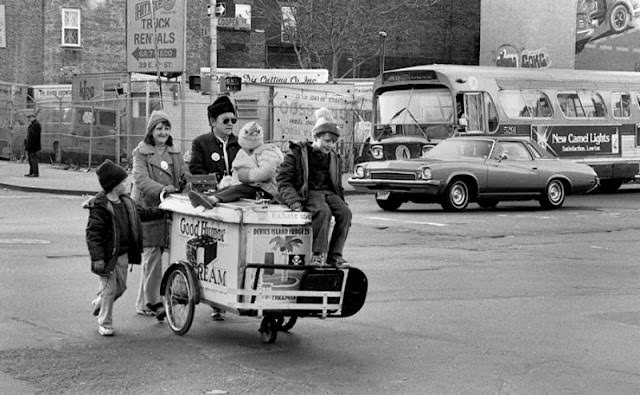
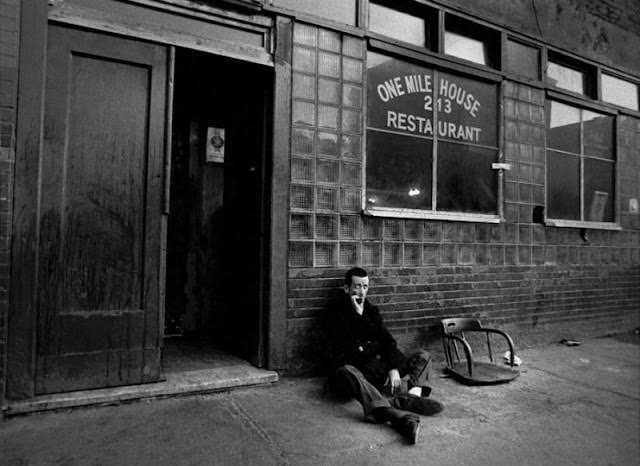
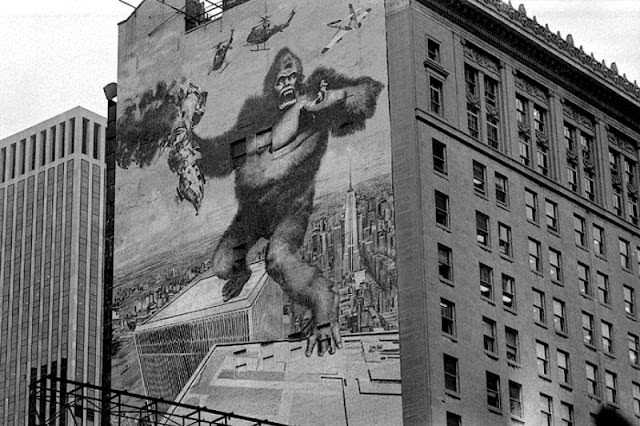
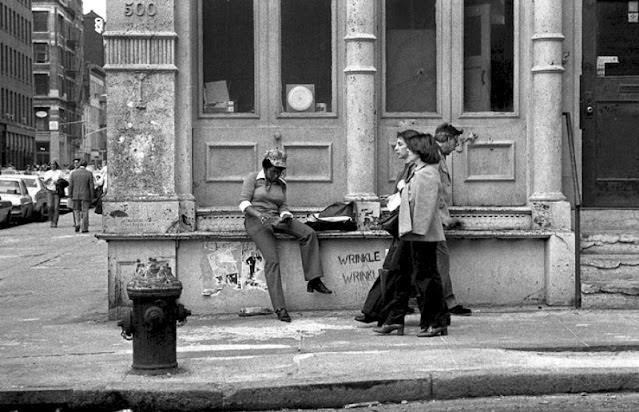

GIPHY App Key not set. Please check settings